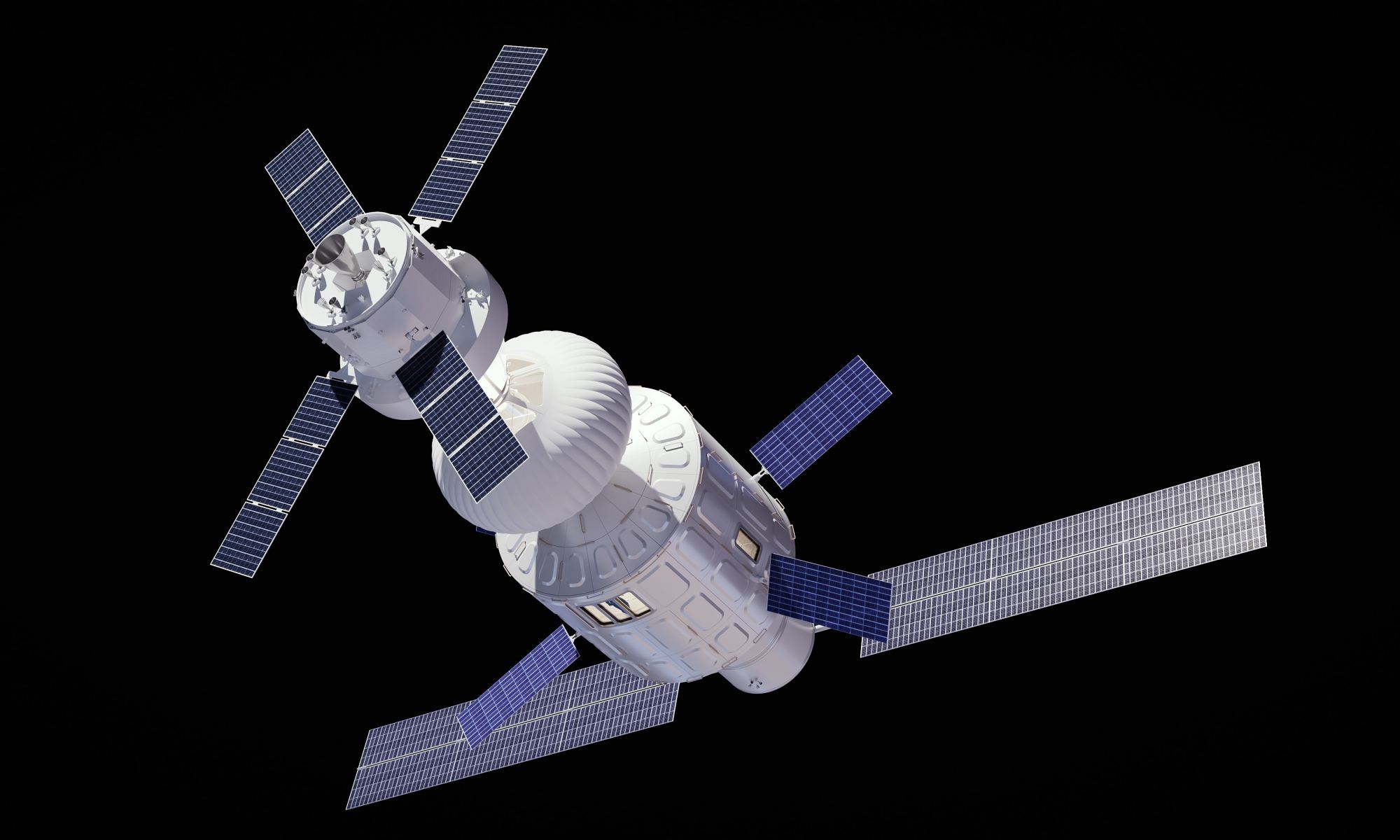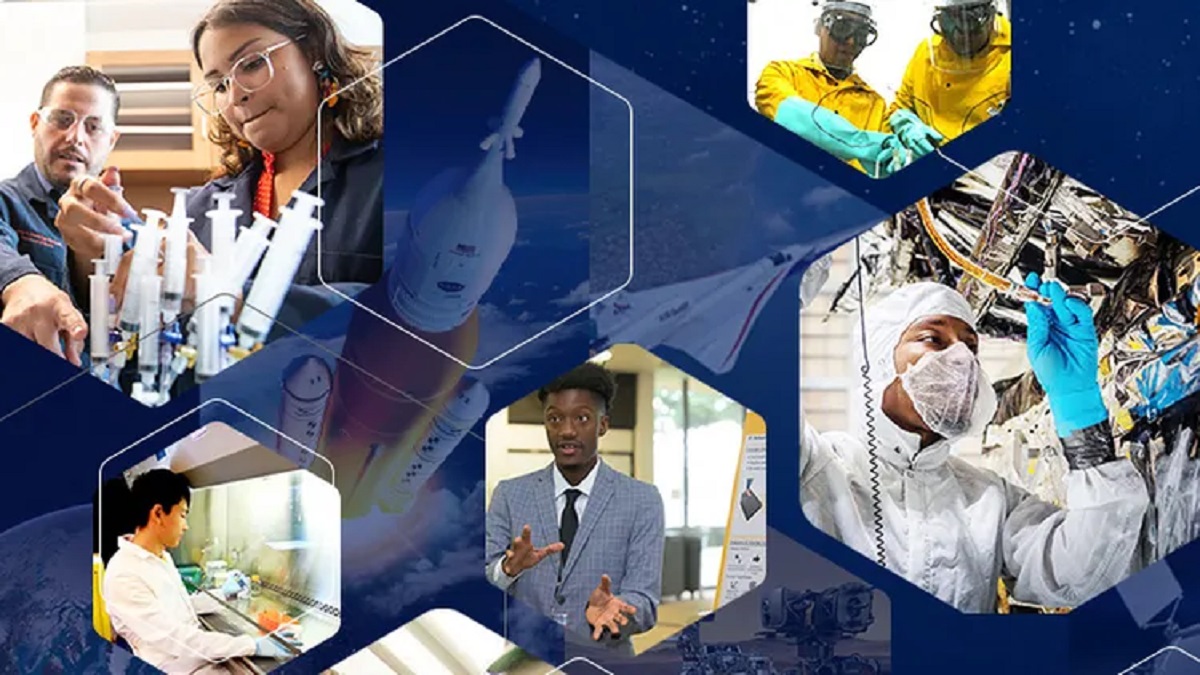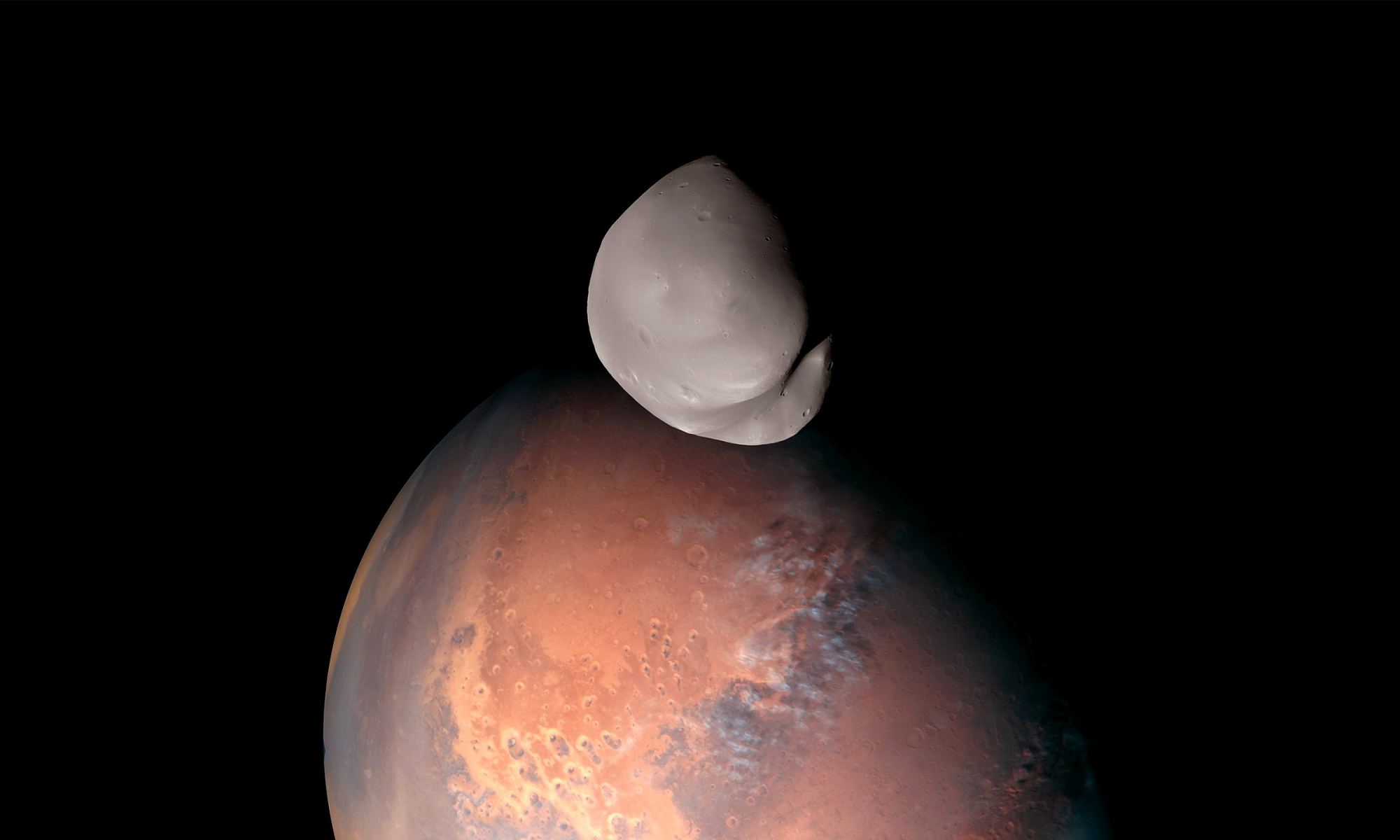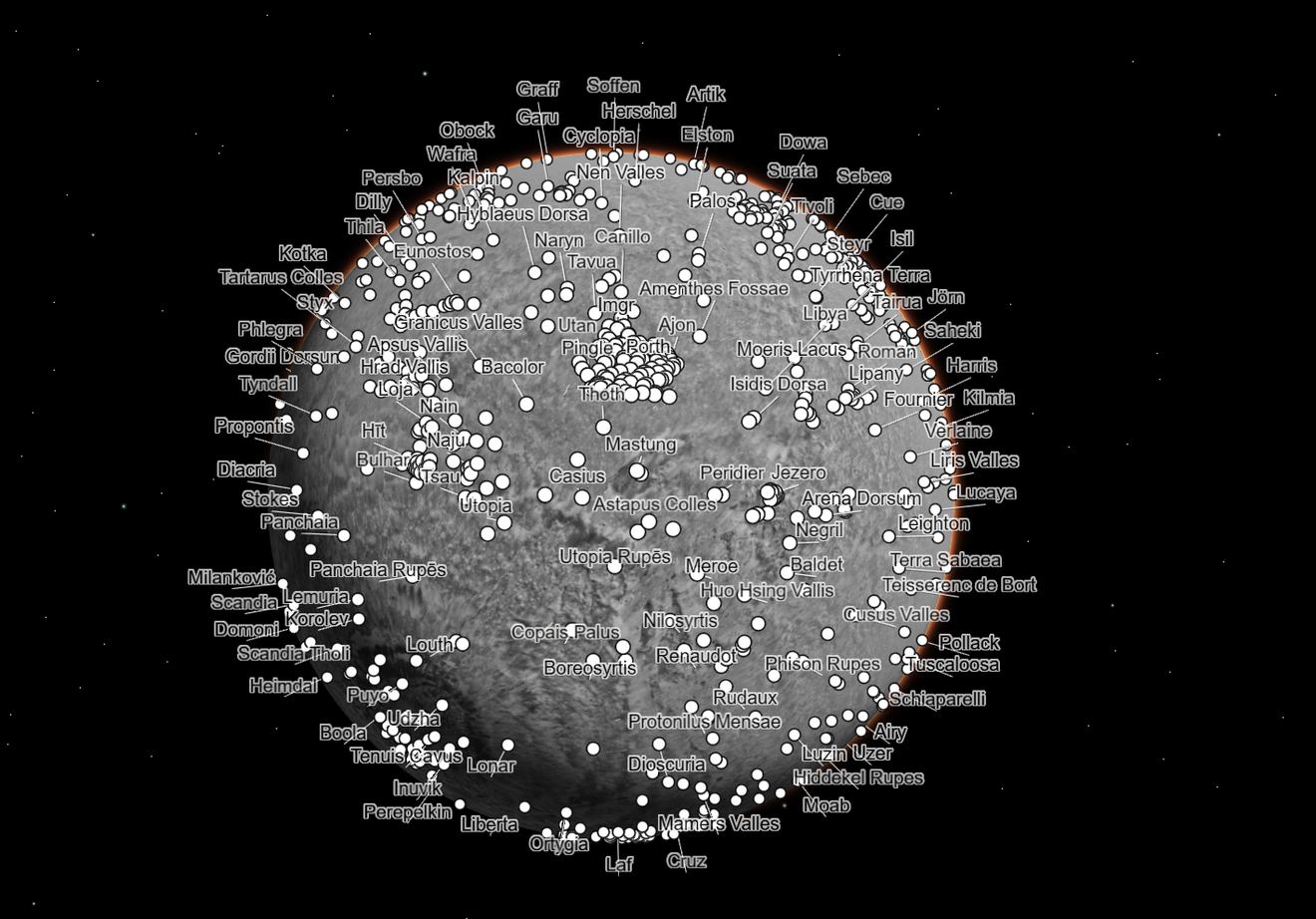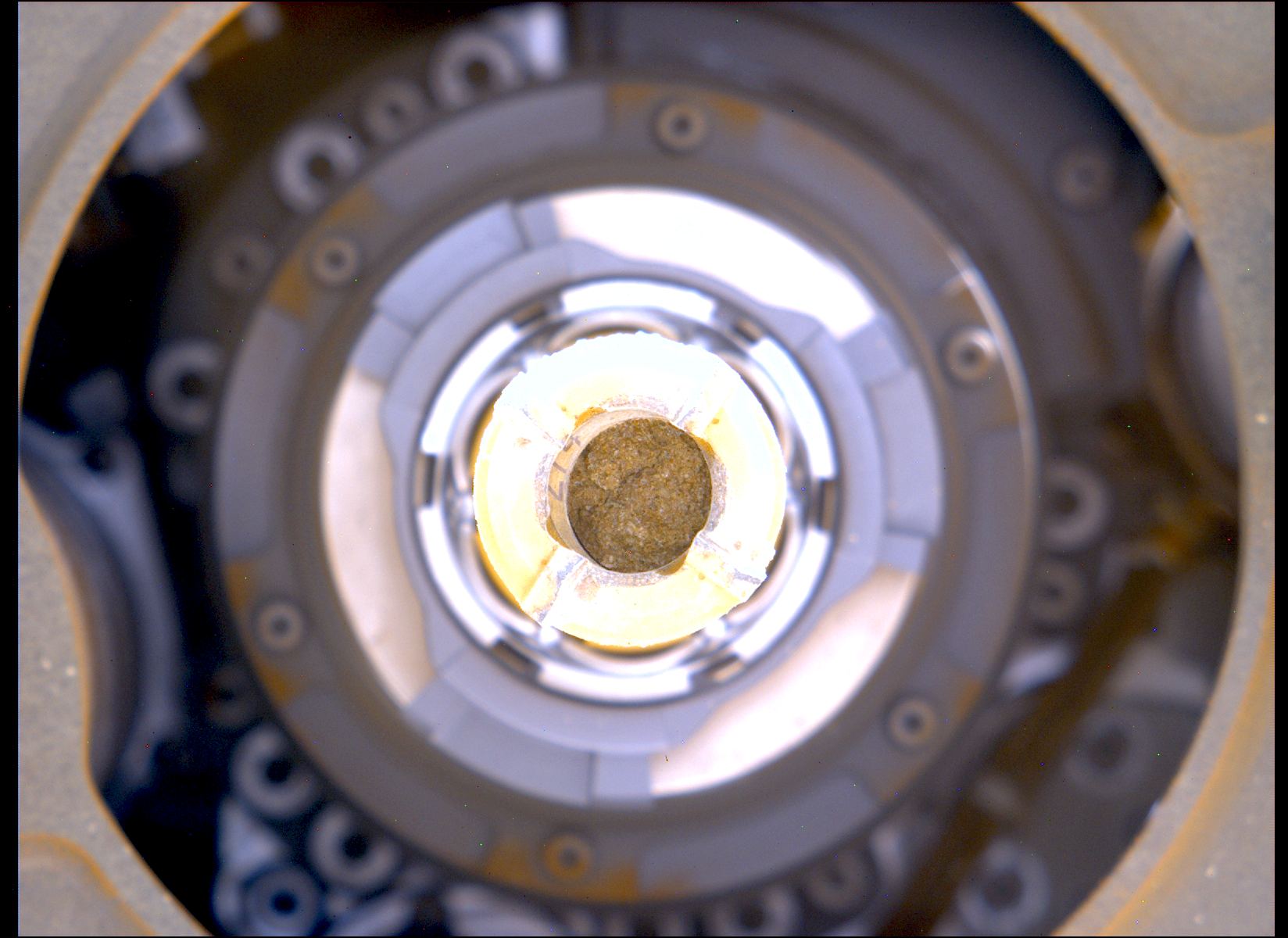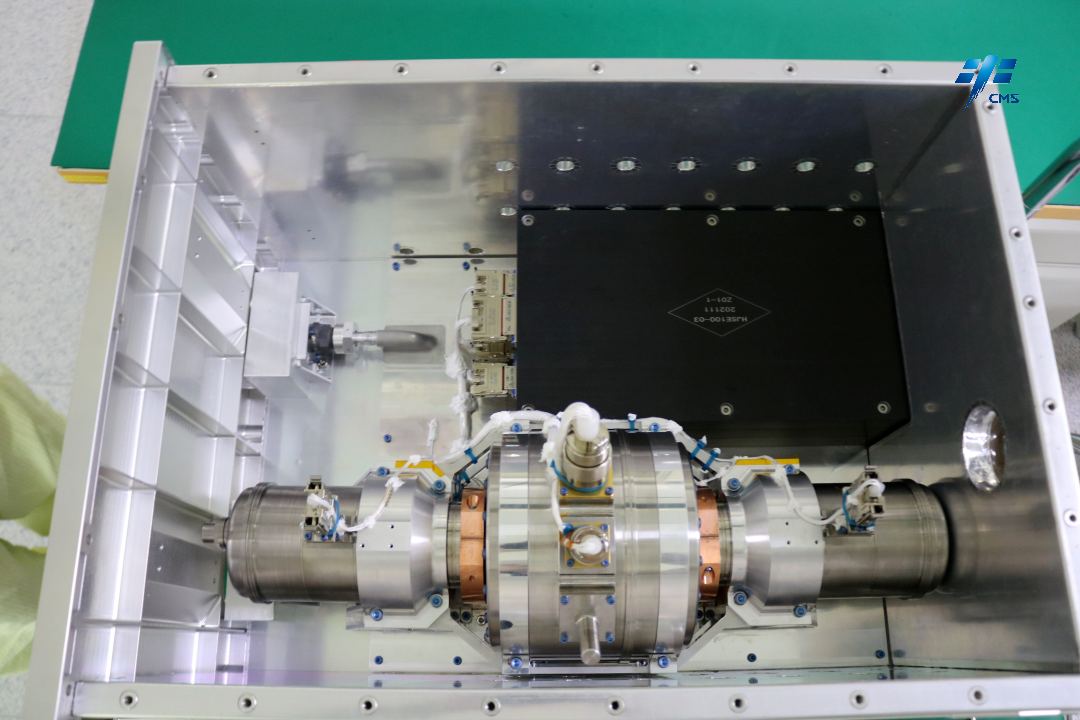The International Space Station (ISS) is nearing the end of its service. While NASA and its partners have committed to keeping it in operation until 2030, plans are already in place for successor space stations that will carry on the ISS’ legacy. China plans to assume a leading role with Tiangong, while the India Space Research Organization (ISRO) plans to deploy its own space station by mid-decade. NASA has also contracted with three aerospace companies to design commercial space stations, including Blue Origin’s Orbital Reef, the Axiom Space Station (AxS), and Starlab.
Well, buckle up! The European multinational aerospace giant Airbus has thrown its hat into the ring! In a recently-released video, the company detailed its proposal for a Multi-Purpose Orbital Module (MPOP) called the Airbus LOOP. This modular space segment contains three decks, a centrifuge, and enough volume for a crew of four, making it suitable for future space stations and long-duration missions to Mars. The LOOP builds on the company’s long history of human spaceflight programs, like the ISS Columbus Module, the Automated Transfer Vehicle (ATV), and the Orion European Service Module (ESM).
Continue reading “Airbus Designs a Space Station With Artificial Gravity”
